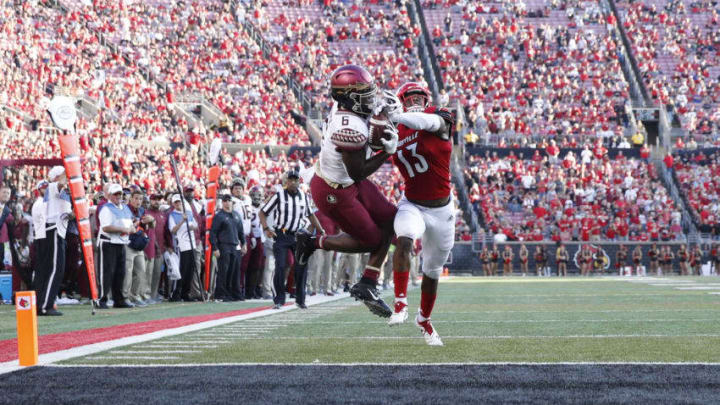The past Memphis offenses mostly used 11 personnel, which is when the offense features one running back and one tight end, along with three receivers.

The alignment above is a variation of the most basic formation Memphis runs, with the tight end stationed on the short side of the field. On most of the offensive plays that I watched, the tight end was almost always used as either a run blocker or 3rd/4th option.
In a similar vein to Jimbo Fisher’s offense, the tight end in Mike Norvell’s offense is normally only the primary option off of play-action passes. Norvell also lines up his tight ends as an H-back when the Tigers would run inside zone, seen below:

When lined up like this, the tight end almost always was either a lead blocker or ‘sealed’ at the back end of the line, which was key against quick outside linebackers and athletic defensive end. As stated earlier, Gabe Nabers filled this role the past two seasons, sometimes being replaced by Tre McKitty.
In Norvell’s offense, the primary tight end almost always filled the H-back role. In this formation, Norvell’s offense also would sometimes run a ‘shovel option’, a play made famous by Tim Tebow and Aaron Hernandez at UF.
Most of the time, Memphis did not run with two tight end sets, only using two in short-yardage situations. They did run play action out of that set, but it was not frequent.
Basically in Norvell’s offense, the tight end does not need to be a fantastic route runner, because the scheme will get them open a lot of the time. Now that we know how exactly the tight end will be used, let’s look at what the depth chart might look like.
